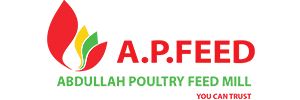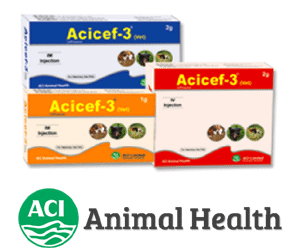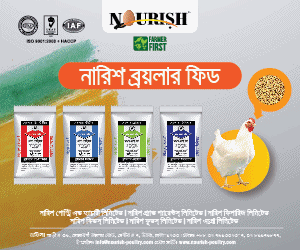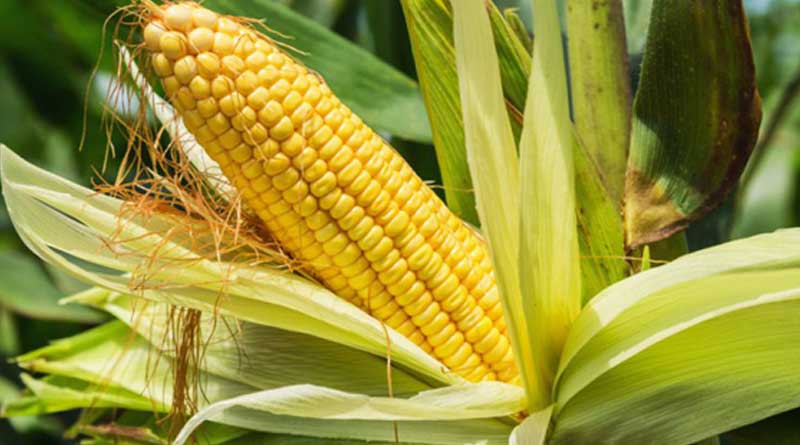Dietary Betaine Improves Bone Strength in Laying Hens – University of Edinburgh
পোলট্রি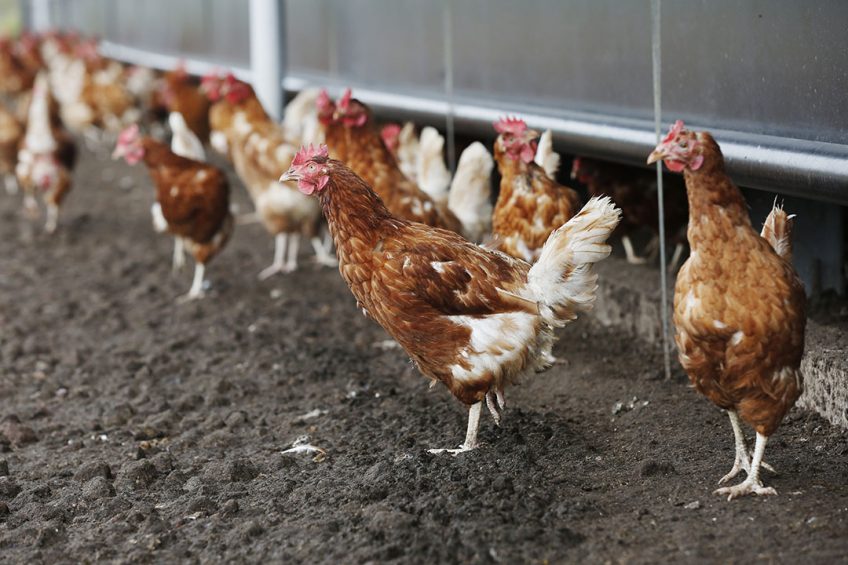
Betaine is a widely used feed additive in the poultry industry, mainly due to its ability to reduce heat stress. New research by the University of Edinburgh has unveiled a twist in the use of betaine – its role in improving bone strength in laying hens.
Bone fractures and other forms of skeletal damage are a challenge for laying hens; the fractures are usually the result of progressive osteoporosis. Osteoporosis in hens is ultimately the result of the physiological changes that occur because of the start of reproductive activity.
Evaluating the effects of dietary betaine on layers
The research was designed to evaluate the effects of dietary betaine on bone quality, plasma homocysteine, and egg production in laying hens. The researchers also compared the effects of dietary betaine to 2 levels of phytase (300 and 1000 FTU/kg). The methyl-donor properties of betaine were key in reducing the concentrations of homocysteine, which makes a greater contribution to bone quality.
The research
Lohmann day-old chicks were used in this study to assess the effects of dietary betaine on bone strength. Dietary betaine was also compared to phytase included at 2 levels (300 FTU/kg and 1000 FTU/kg).
4 diets were used as follows:
- Control (0 mg/kg betaine),
- Betaine (1000 mg/kg),
- Phytase (300 FTU/kg), and
- Phytase (1000 FTU/kg).
Measurements of bone strength were taken at 45 and 70 weeks of age.
Bone strength
Previous studies show a negative correlation of homocysteine and bone strength. In this study, the focus was more on the effects of betaine on plasma homocysteine levels and how this contributes to better bone strength. Bone strength was measured in tibia, humerus and keel. Betaine, in this study, significantly lowered the levels of homocysteine, but phytase had no effects on homocysteine concentrations.
Lowering plasma homocysteine
In this study, hens that were fed betaine had lower concentrations of homocysteine than hens not receiving betaine. Hens with higher concentrations of plasma homocysteine had poorer bone strength. This was evident in the tibia and humerus breaking strength, and tibia density, which was higher in birds fed betaine.
The researchers identified the methyl-donor properties of betaine as key in reducing the concentrations of homocysteine, which makes a greater contribution to bone strength. They emphasised the importance of understanding how high levels of homocysteine negatively affect bone strength.
“Homocysteine is involved in the trans-methylation cycle, where it can be re-methylated into methionine through the re-methylation pathway. Betaine acts as a methyl donor to enhance the conversion of homocysteine to methionine, thus influencing the level of homocysteine. There is considerable evidence that high homocysteine levels affect collagen cross-linking and hence contribute to osteoporosis. Collagen crosslinks contribute to the structural strength of the bone. High concentrations of homocysteine affect the enzyme lysyl oxidase, which disrupts stable collagen cross-link formation. In addition, homocysteine increases bone resorption by stimulation of osteoclast formation and activity through increased intracellular reactive oxygen species (ROS) generation. This bone resorption by osteoclasts causes a decline in the content of structural bone and the result is a weaker bone,” the researchers explained.
Tibia and humerus breaking strength
Tibia breaking strength has been shown in several studies to be a reliable measurement of bone strength. It is a bone strength trait with high genetic heritability. Betaine had a statistically significant effect on tibia breaking strength. Hens that were fed betaine had higher tibia strength and tibia density than birds that were not fed betaine. There was no effect of betaine on humerus breaking strength, but there was an effect of age. Humerus strength was higher in the hens at 45 than at 70 weeks of age. There was, however, a significant negative correlation between plasma homocysteine level and humerus breaking strength. What was interesting about the humerus bone is that it was the only bone trait that was correlated with homocysteine.
Keel density
The keel is one of the bones in the laying hen that is most susceptible to injury or fractures. In this study, there was a positive correlation between homocysteine and keel density. While this was counter-intuitive to the researchers’ expectations, they stated, “It could be that the calluses that arise from keel injuries would increase bone density so that weaker keel bones would − somewhat counter-intuitively − have higher density.”
Influence of age
In the current study, betaine had a significant effect on reducing plasma homocysteine concentrations at 45 weeks but had no effect at 70 weeks of age. Tibia and humerus strength were higher in the hens at 45 than at 70 weeks of age. “The effect of betaine through homocysteine may be greater during higher concentrations of bone remodelling, which occurs at a younger age during development and high egg-laying periods. Betaine might be less effective as the concentrations of homocysteine increases, as the concentration of homocysteine was higher at 70 weeks of age compared to 45 weeks,” remarked the researchers.
Performance and egg quality
The researchers’ results suggested that the addition of betaine and phytase in the diet does not significantly affect the development of the birds and their reproductive system – birds from all treatment groups (betaine and phytase groups) had high production and produced eggs of similar quality. However, hens fed 1000 FTU/kg of phytase had higher feed intake than those fed the betaine diet or the phytase at 300 FTU/kg.
Betaine is a potential nutritional strategy for bone strength
It was concluded that reduction in homocysteine through the addition of betaine leads to an increase in bone strength measurements, especially in the tibia and humerus. Betaine is a potential nutritional strategy for bone strength as it intervenes in the trans-methylation cycle, resulting in lower plasma homocysteine levels.
Betaine does not affect egg quality or production
It is also worth noting that the addition of dietary betaine improves bone strength without affecting egg quality or production. As a result, betaine could be used as an intervention tool to alleviate welfare concerns in laying hens. It is also worth remembering that the variations in bone strength observed in laying hens are caused by several factors.
The 4 broad areas (excluding genetics) that could explain variation in and/or increased fractures, independent of egg production, are:
- the age at first egg,
- late ossification of the keel,
- predisposing bone diseases, and
- inactivity leading to poor bone health.






